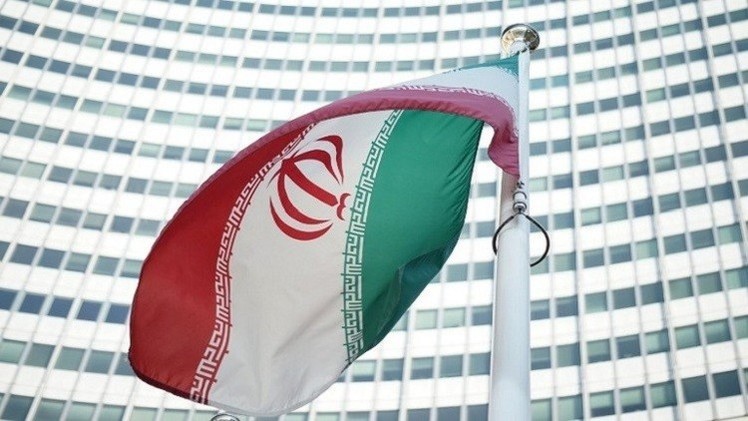اليمن بين معوقات الاتصال ومقومات الانفصال في ظل المستجدات الراهنة والمواثيق الدولية
Yemen between Constraints of Liaison and Constituents of Disunity under Recent Developments and International Conventions

اعداد : د. عمر عوض أحمد الحاتله، كلية الحقوق-جامعة عدن
المركز الديمقراطي العربي : –
-
مجلة العلوم السياسية والقانون : العدد التاسع والثلاثون آذار – مارس 2024 – المجلد 10 – وهي مجلة دولية محكمة تصدر عن #المركز_الديمقراطي_العربي المانيا- برلين.
- تُعنى المجلة في الدراسات والبحوث والأوراق البحثية عمومًا في مجالات العلوم السياسية والعلاقات الدولية،والقانون والسياسات المقارنة، والنظم المؤسسية الوطنية أو الإقليمية والدولية.
Journal of Political Science and Law
للأطلاع على البحث من خلال الرابط المرفق : –
ملخص:
يعتقد الكثيرون خطًأ أن اليمن الممتد من حدود نجد والحجاز شمالًا إلى خليج عُمان ورأس قطر شرقًا كان موحدًا عبر التاريخ، وأن الوحدة الاندماجية بين شطري اليمن ما هي إلا إعادة لتحقيق الوحدة اليمنية السابقة، بل إن الحقيقة هي أن اليمن بتسميته القديمة والحديثة ما هو إلا دويلات متناحرة تمتد وتنكمش حسب عوامل النصر والهزيمة.
وفي التاريخ المعاصر دخل شطرا اليمن في وحدة اندماجية في 22 مايو 1990م من أجل تحقيق التقدم والرخاء لشعبيهما إلا أن الوحدة جاءت بنتائج عكسية حيث زاد معدل الفقر والبطالة وغلاء المعيشة والتطبيب وانعدم الأمن والاستقرار وتدهورت البنية التحتية والتعليمية وجميع المقومات الأساسية للعيش الكريم بفعل الفساد المستشري في جميع مفاصل الدولة.
وأمام هذا الوضع المظلم أراد الجنوبيون الخروج من هذه الوحدة التي لم يجنوا منها سوى الفقر والتخلف إلا أن الشمال أصر على فرضها بالقوة والاستيلاء على مقدرات الجنوب الأمر الذي دفع الجنوبيين إلى الخروج في مظاهرات سلمية تطالب بفك ارتباطهم عن الشمال واستعادة دولتهم على حدود 1990م استنادًا إلى المواثيق والاتفاقيات والقرارات الدولية ذات الصلة التي تعطي لشعب الجنوب الحق في تقرير مصيره واستعادة دولته.
Abstract
Many people had the misconception that Yemen’s vast territory, which stretches from the Gulf of Oman and Ras Qatar in the east to the borders of Najd and Hijaz in the north, had already been united historically and that the fusion unit between the two regions of Yemen was merely a restoration of that earlier unity. Instead, Yemen has historically and presently been made up of rival governments that have expanded and contracted in response to variables related to victory and downfall. On May 22, 1990, the two parts of Yemen were united in order to bring prosperity and advancement to their people. However, this unity proved to be counterproductive; the average level of poverty, unemployment, and living expenses has risen, in addition to a lack of medication, security, and stability. The infrastructure and necessities for a life of dignity deteriorated due to the rampant corruption in all parts of the state. As a response to this oppressive situation, people in the south wanted to renounce this unification, which had only led to conflicts and destruction. However, the north insisted on imposing the unification by force and seizing the South’s resources, which promoted the people in the south to come out in peaceful protests calling for disengagement from the north and restoring their state with its border in 1990, relying on the related international conventions and resolutions that gave the southern people the right to self-determination and restoring their state.




